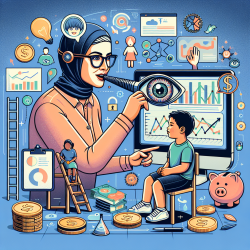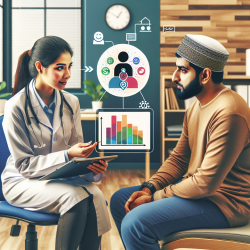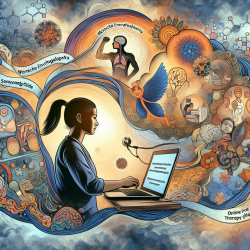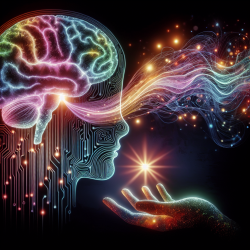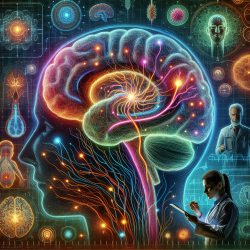Introduction
In the wake of the COVID-19 pandemic, the healthcare landscape has been significantly altered, particularly affecting the delivery of rehabilitation services for individuals with neuro-musculoskeletal (NMSK) conditions. The research article titled "Review: How Can Intelligent Robots and Smart Mechatronic Modules Facilitate Remote Assessment, Assistance, and Rehabilitation for Isolated Adults With Neuro-Musculoskeletal Conditions?" by Atashzar et al. (2021) highlights the potential of intelligent robotics and smart mechatronic modules to address these challenges.
Robotics in Remote Rehabilitation
The study emphasizes the role of intelligent robots and smart mechatronic systems in providing remote assessment, assistance, and rehabilitation. These technologies can significantly reduce the burden on healthcare systems by offering continuous care to isolated patients, particularly during times when in-person visits are restricted.
Robotic systems, such as exoskeletons and teleoperated robots, can be used to deliver personalized rehabilitation exercises, enhancing neural recovery through repetitive, multimodal stimulation. The integration of virtual reality environments with these systems further engages patients, promoting better outcomes.
Telehealth and Telerobotics
Telehealth solutions, coupled with telerobotic systems, enable healthcare providers to deliver therapy remotely, breaking geographical barriers. These systems allow therapists to interact with patients through kinesthetic and haptic feedback, providing a more immersive and effective rehabilitation experience.
Despite the challenges related to communication network reliability and data security, advancements in 5G technology and passivity stabilizers are paving the way for broader implementation of telerobotic rehabilitation systems.
Assistive Technologies
Assistive technologies, including smart wearable devices and social robots, offer immediate support to individuals with NMSK conditions. These technologies enhance motor performance, situational awareness, and independence, reducing the need for caregiver interaction and minimizing infection risks during pandemics.
Wearable devices can monitor vital signs and track rehabilitation progress, providing clinicians with valuable data for remote patient management.
Encouraging Further Research
The findings from Atashzar et al. (2021) underscore the need for continued research and development in the field of robotics and mechatronics. Practitioners are encouraged to explore these technologies' potential to improve patient outcomes and address the challenges posed by future pandemics.
To read the original research paper, please follow this link: Review: How Can Intelligent Robots and Smart Mechatronic Modules Facilitate Remote Assessment, Assistance, and Rehabilitation for Isolated Adults With Neuro-Musculoskeletal Conditions?



